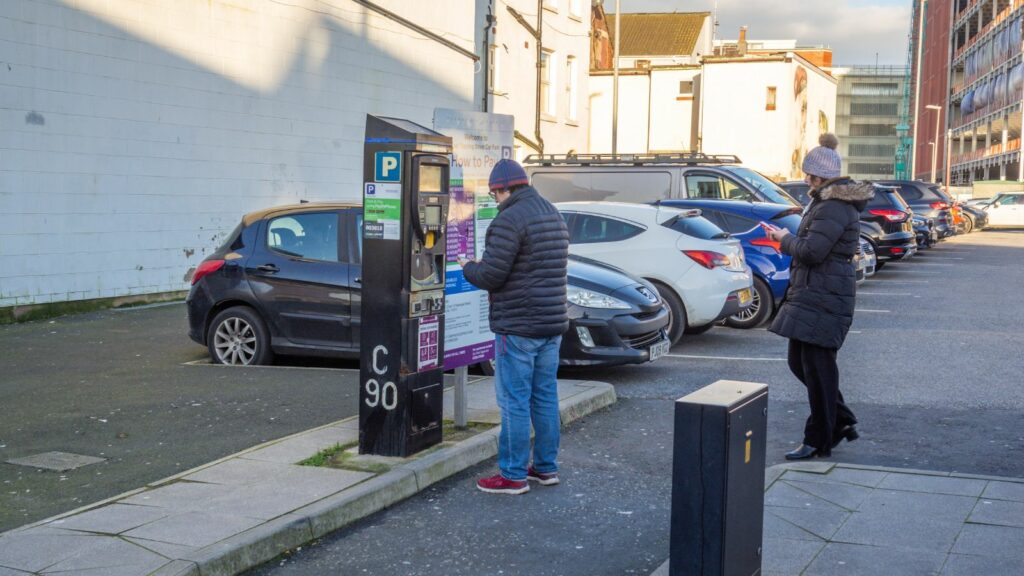Canada has long been known for valuing public access, social programs, and community well-being. Decades ago, many everyday services and perks were offered free of charge, helping improve lives across all income levels. Public amenities and necessities were seen as rights rather than privileges.
But over time, a new trend has emerged—what was once free now often comes with a price tag. Canadians increasingly find that more aspects of daily life are only accessible to those who can afford them. Below are 29 striking examples of things that used to be free in Canada but have since been monetized.
Public Swimming Pools

Free access to community swimming pools used to be common in Canada. Today, most municipalities charge entrance fees per visit or via memberships. Even small costs can become barriers to physical activity and social interaction for low-income families and seniors. Aging facilities and budget cuts have further limited access, with some cities maintaining these fees even during extreme heat waves. What was once a free escape from the heat is now a paid luxury.
Plastic Bags at Grocery Stores
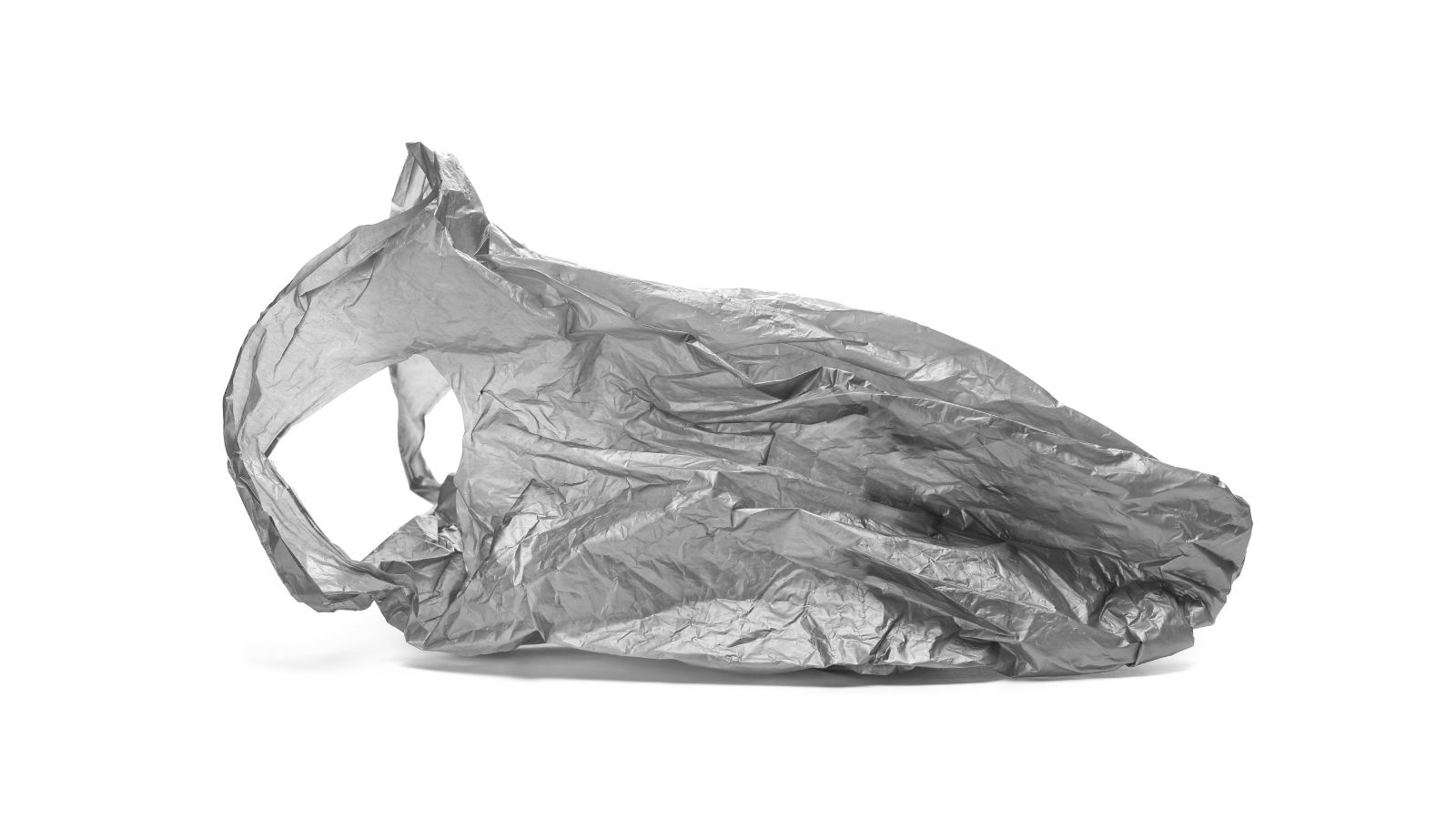
Just recently, plastic bags were a standard courtesy at Canadian grocery stores. Now, you are charged for them at nearly every major chain, and the price ranges from five to fifteen cents per bag as part of sustainability initiatives.
While the environmental intent is appreciable, it puts another small cost on consumers without offering viable alternatives. While presented as eco-friendly, the policy has become a quiet source of revenue for retailers. It began as a free convenience and now has transformed into a profit-generating necessity.
Parking at Hospitals
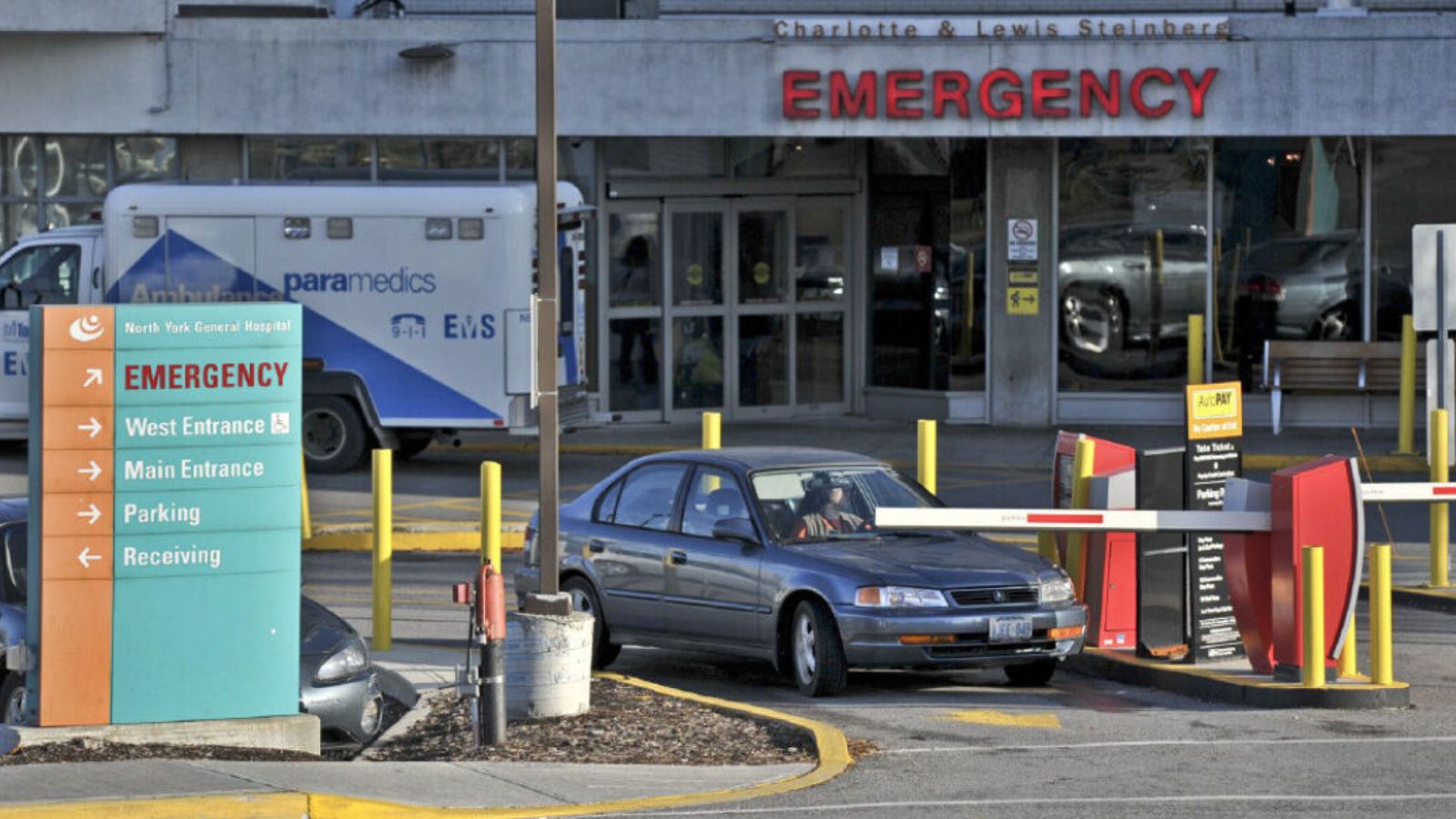
Hospital parking fees have become a significant financial burden for patients and their families, particularly those with chronic illnesses. What was once free or low-cost is another added expense during stressful times.
In major cities, parking rates can be surprisingly high, sometimes comparable to hotel fees. While some hospitals offer discounts or multi-visit passes, these options are inconsistently applied and poorly advertised. For many Canadians, it comes down to an impossible choice: pay to park or skip a necessary medical appointment.
Library Late Fees

Public libraries were once entirely free spaces for all, although late fees have long served as a revenue stream. Many cities have now begun to remove these fees, only to reinstate them under the banner of “encouraging returns.”
Free access to knowledge has been compromised by punitive charges that affect low-income users the most. These fees are moderate, yet they can push away the patrons who need libraries most. The change from trust to enforcement represents a broader trend toward monetizing public goods.
School Supplies in Public Schools

Public schools providing students with basic supplies like pencils, paper, and notebooks was a common practice. But now, parents receive long lists of required items before school begins, most of which must be purchased out of pocket.
Some schools even ask for additional materials such as cleaning supplies or tissue boxes, causing more financial burdens on families. For lower-income households, these seemingly small demands can quickly add up. The removal of this formerly free support highlights how much public education is underfunded.
Public Transit Transfers

Transfers were known to be basic features of public transit systems, as they allowed riders to switch trains or buses within a set timeframe without any extra costs. For almost every trip, most systems require reloadable cards, even if it’s a simple transfer.
The shift to digital fare systems has also created access barriers for those who do not possess smartphones or credit cards. While the intent may be to streamline services, the result is additional costs for daily commuting. What was once free and convenient now adds both cost and confusion.
Over-the-Air TV Channels

Major television networks like CBC and CTV were free to watch in Canadian homes when rabbit ears and antennas were commonplace. Even the most basic channels are sometimes locked behind streaming or cable paywalls.
Technically, over-the-air broadcasting still exists, but the infrastructure has deteriorated, and most consumers are redirected to paid digital packages. Public broadcasters are also threatened by funding cuts, which will reduce the quality and availability of content. Free access to national programming is no longer available.
Provincial Park Access

Several provincial parks across Canada used to provide free day-use entry, which encouraged visitors to explore and enjoy nature. However, financial pressures have forced most provinces to implement or raise parking fees, day passes, or specific park activities.
These costs can mount up rapidly for seniors and families, discouraging spontaneous visits. Parks are supposed to be protected for public enjoyment, yet they’re increasingly being used as sources of income. This monetization has shifted the nature from a shared resource to a paid experience.
Basic Banking Services

Banking in Canada has shifted from a customer-focused service to a fee-heavy industry. Basic features like chequing accounts, paper statements, or even speaking with a teller now often come with a cost. Monthly maintenance fees are the norm—even on accounts with little or no activity.
Groups that once qualified for free banking, like seniors and students, now face stricter eligibility or reduced benefits. While digital banking promised simplicity and convenience, it has become a way for banks to tack on new charges to familiar services. More and more, Canadians are being asked to pay to access their money.
Prescription Delivery

Many pharmacies across Canada recently offered free delivery for individuals and seniors with mobility issues. Many of these services come with delivery charges or require a minimum spend.
Some chains offer limited free delivery, but the rising operational costs have led to cutbacks and restrictions. For people who are living in remote areas and suffer from chronic conditions, this change adds another layer of complexity and cost to health care. Something once deemed essential is now treated as a convenience.
Municipal Garbage Collection

Curbside garbage pickup was once a basic, no-cost service provided by many Canadian municipalities. Today, however, households are often required to pay for garbage bins, purchase bag tags, or cover volume-based collection fees. Residents must buy stickers for each trash bag in some areas under a “pay-as-you-throw” system.
While these measures encourage environmental responsibility, they also introduce another recurring expense for families. What was once a public health service is now treated as a personal responsibility, with a price tag.
Snow Removal Services
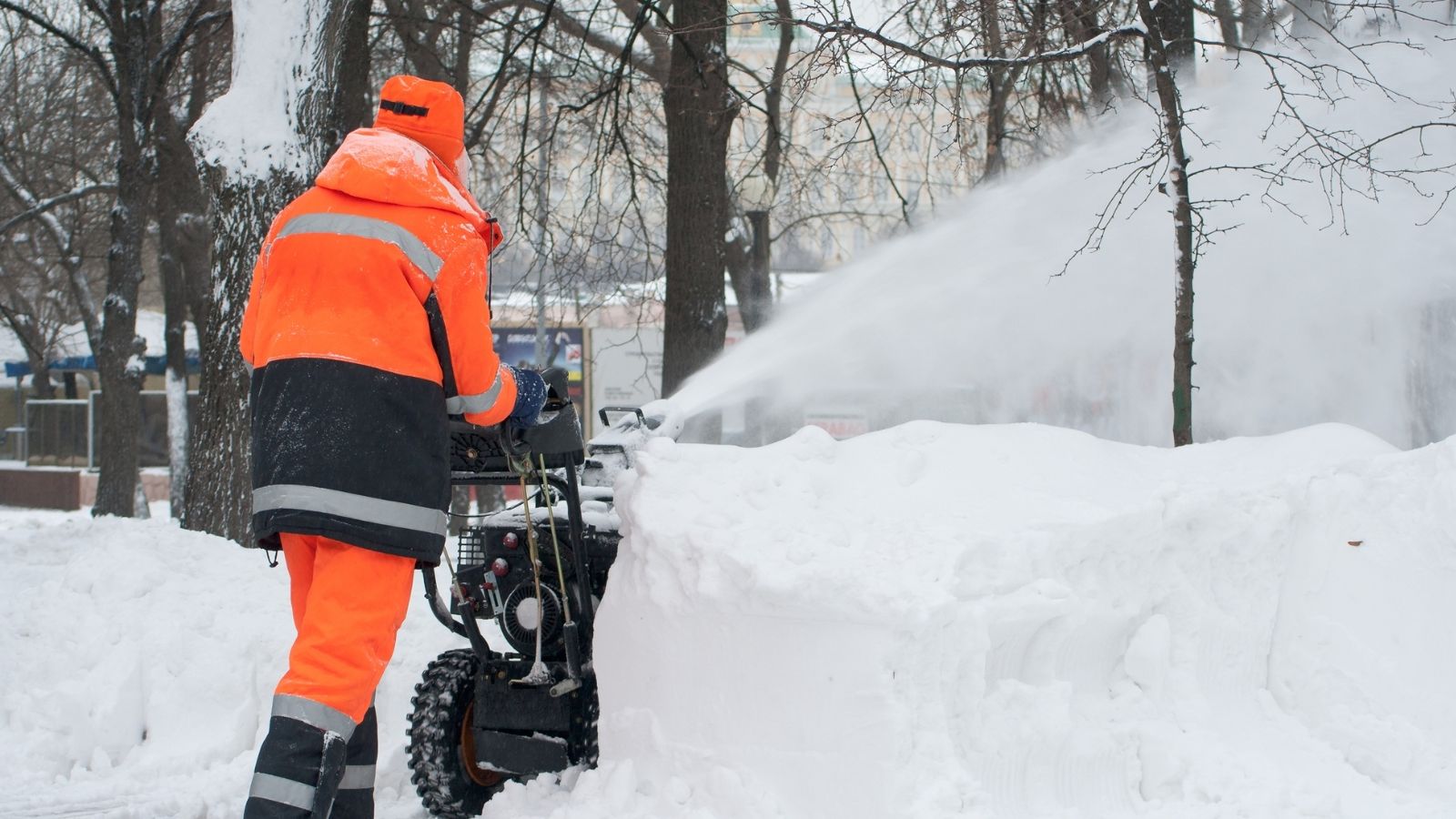
Snow clearing was a guaranteed municipal service for residential sidewalks and driveways in many Canadian cities. Now, homeowners are expected to handle their snow, and might be fined for non-compliance if they don’t. In some regions, city plows even leave behind snow banks that residents must clear.
For seniors and people with mobility problems, hiring private snow removal services can be expensive and essential. This was considered a civic responsibility, which has become a personal and financial burden.
School Busing

There used to be standard free school bus transportation for students who walked far from school. However, in many districts today, parents are bound to pay busing fees unless they meet specific income or geographic criteria. School boards have introduced Tiered systems, allowing only the youngest or furthest-traveling students to ride for free.
These fees place more stress on families and limit equitable access to education. The concept of universal public education is undermined as transportation becomes a privilege rather than a right.
Access to Government Forms and Services

Providing applications, printed forms, and assistance in government offices was done without question and at no charge long ago. Many of these services have moved online, requiring printing at home or paying for copies at private stores. Services requiring documentation, like passport renewals, now have processing fees for minor changes.
With this digital shift, another layer of expense is added for those without home internet or printers. This move toward digital efficiency has ironically created more costs for the public it aims to serve.
Extra-Curricular School Activities

Extracurricular activities involving clubs, sports teams, and music programs used to be offered freely within the school system as part of education. Participating in them means dealing with registration fees, uniform costs, and travel expenses. While schools try to minimize costs, participation is increasingly limited to those who can afford it.
This deepens the inequality between students, where access to beneficial experiences becomes a matter of income. Free public education should not only be focused on classroom time; unfortunately, that seems to be the norm.
Local Event Admission

Community fairs, seasonal festivals, movie nights hosted by cities and other events used to be free and attracted wide audiences. In recent years, entrance fees have crept in, even for events meant to encourage civic engagement.
Public gatherings have become monetized unlike before, with charges for admission, food, or entertainment. Families are most affected by it, making local events less accessible for those on limited budgets. With municipalities targeting additional revenue, community-building activities are now another item on the bill.
Public Washrooms
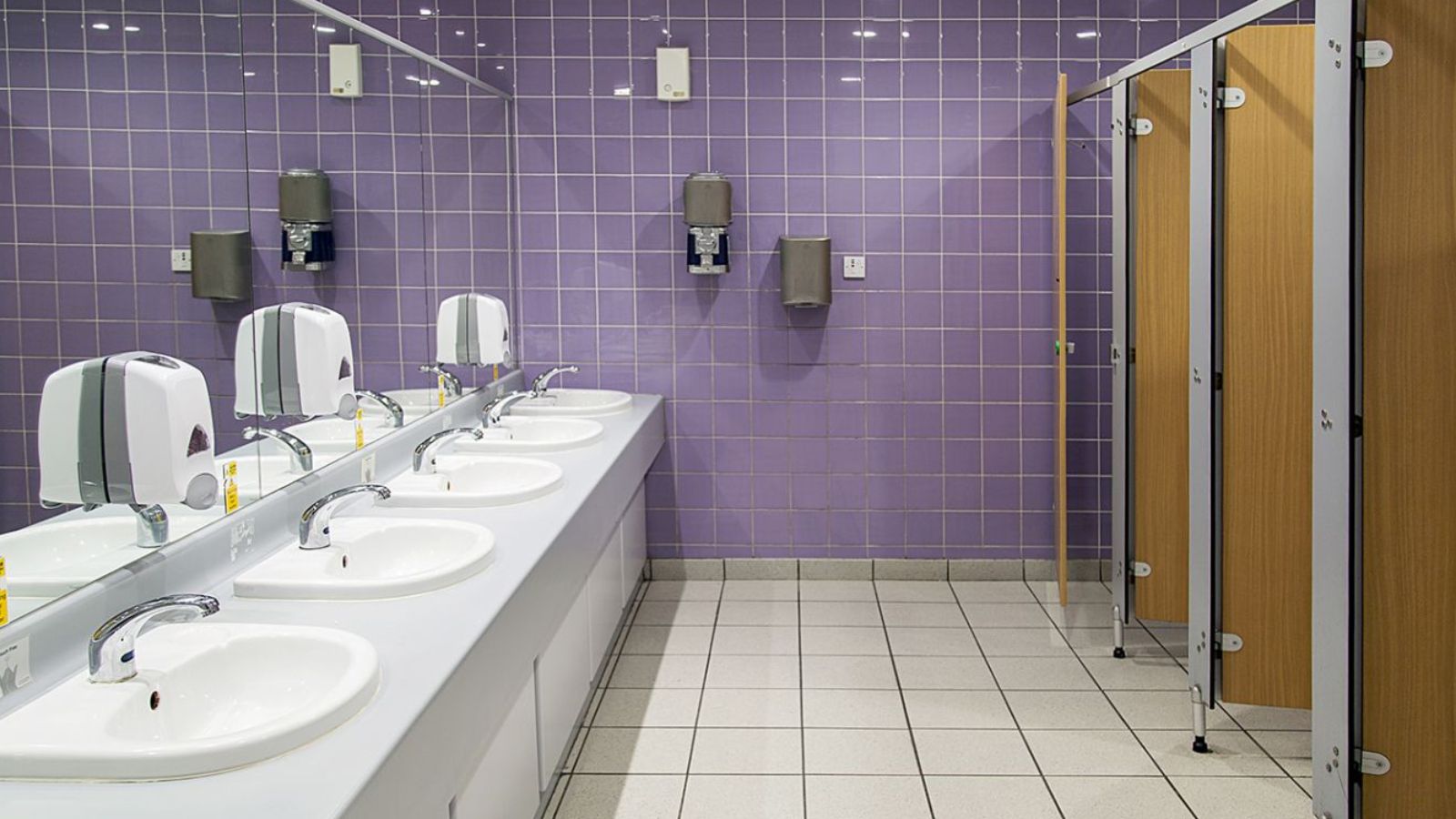
Clean public washrooms with easy accessibility were a standard expectation in government buildings, parks, and city centres. But many Canadian cities now have public washrooms that are locked, have restrictions, or are available only with purchase from nearby businesses.
Reliance on third-party providers with a fee structure has increased, and other facilities charge for access. This has a significant impact on older people, the unhoused, and people with medical conditions. When even basic bodily functions are commercialized, the fragility of the public infrastructure becomes hard to ignore.
College and University Transcripts

Educational transcripts were either provided with graduation or were freely available. Today, students must pay between $10 and $30 per copy, even for digital versions. These documents are essential when applying for a job, a new school, or an immigration process, and universities know it. This practice has turned critical academic records into a revenue stream. These extra fees feel unnecessary and exploitative to students already in debt.
Access to Public Beaches and Trails

Access to Canada’s natural beauty has long been a source of national pride. But today, more beaches and trails that were once freely open to the public now require parking fees, entrance charges, or permits.
These fees are often justified as necessary for maintenance, yet they exclude people who can’t afford to pay. As urban development expands, access to green spaces is becoming increasingly unequal. The idea of nature as a shared public good is slowly being replaced by a pay-to-enter model.
Air at Gas Stations
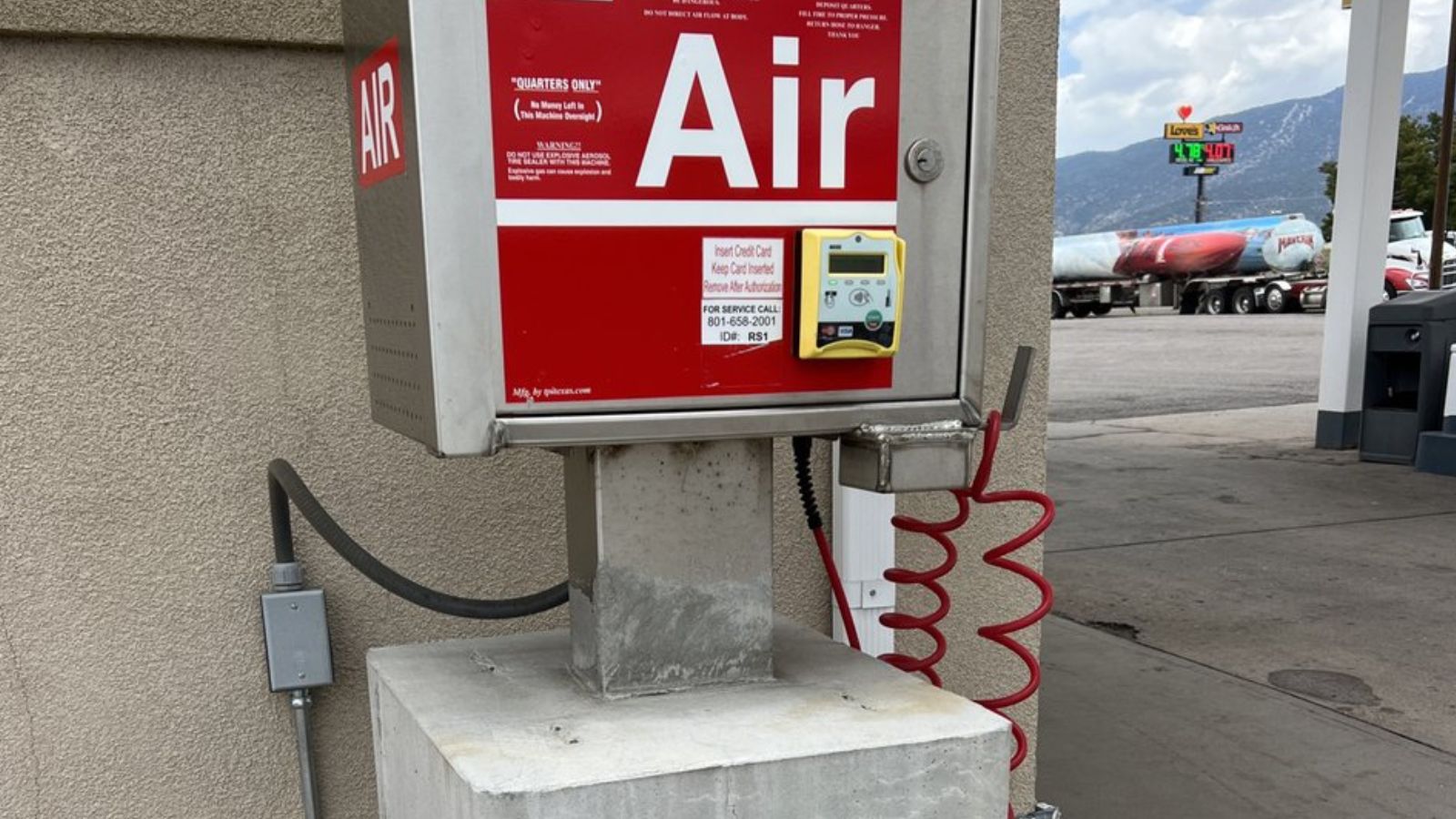
Just some time ago, filling your tires with air at a gas station was simple, free of cost. However, now the vast majority of Canadian gas stations charge for air, usually around a dollar.
Though the amount is small, it shows how even the most basic utilities have become monetized. Proper tire inflation is a safety and environmental issue, yet drivers are charged to maintain it. Out of all things, the paywall on air is the perfect example of how far the trend of nickel-and-diming has gone.
Towing from Public Roads

Decades ago, if your car broke down or were illegally parked on a public street, a municipal service would willingly tow it without charge, especially in emergencies. Towing is now fully privatized in many Canadian cities, with extremely high fees and no leniency. Even short tows can cost several hundred dollars, and storage fees begin accruing almost immediately.
Services like these, at times, are outsourced to companies with little public accountability. In the past, it was a city-managed necessity and now has transformed into a profit-driven industry, adding insult to injury during already stressful situations.
Visitor Parking in Residential Areas
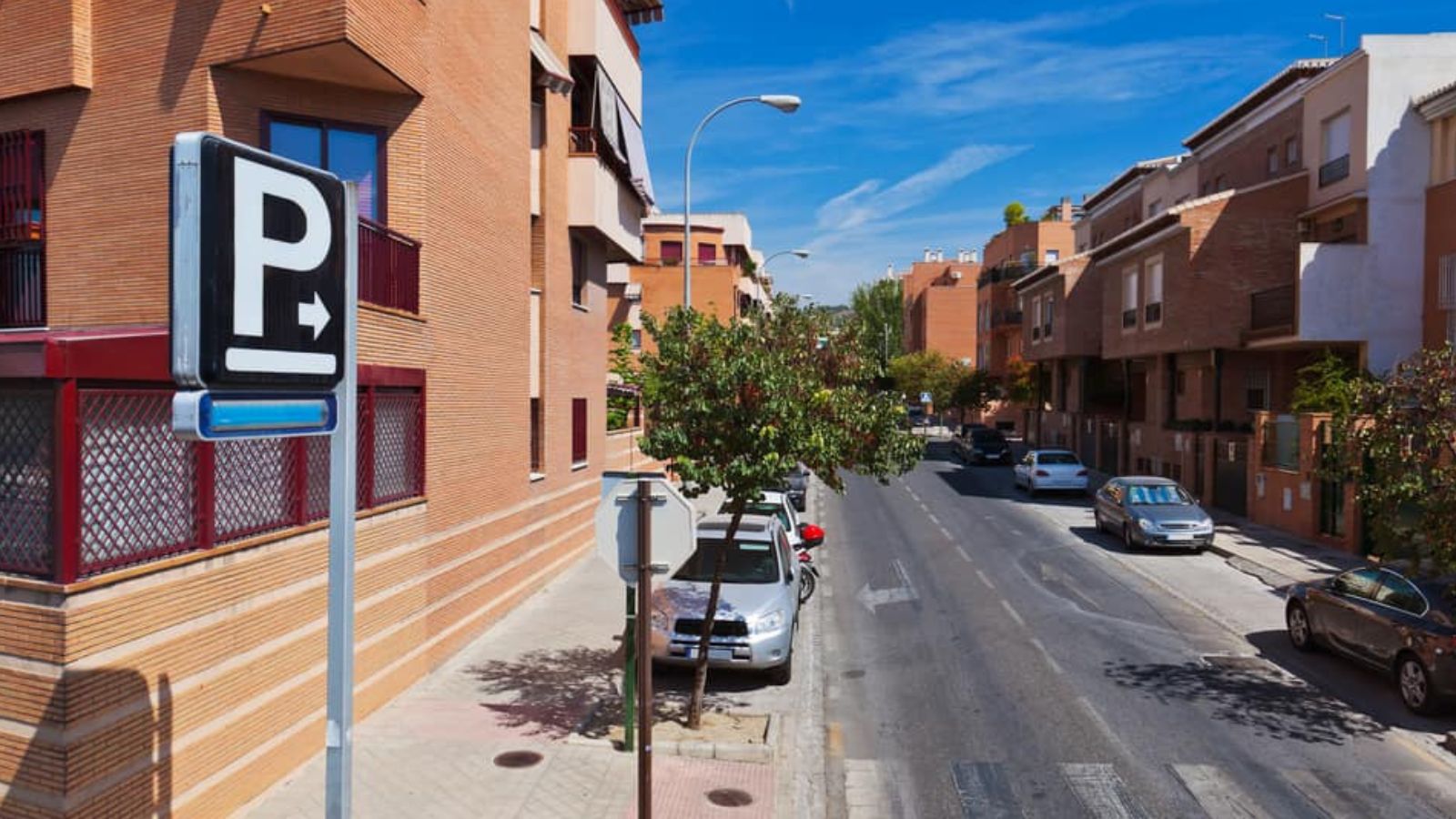
Residential neighbourhoods used to offer guests and visitors ample free parking. Municipalities now require visitor permits and implement hourly rates, even in suburban zones. There is strict enforcement, with tickets issued rapidly through automated systems or neighbourhood patrols.
These fees disproportionately affect tenants, seniors, and other households hosting guests. With more areas shifting to paid parking, hospitality itself has become regulated. Even inviting someone over for coffee can be costly and can mean added city fees.
Children’s Sports Leagues

Municipalities in the past would partly fund and organize community sports leagues, making youth participation nearly free. Today, costs for uniforms, equipment, facility rentals, and insurance are passed down to parents. Registration fees can reach up to hundreds of dollars per season for sports like minor hockey, soccer, and baseball.
Therefore, low-income families must rely on charitable programs or skip organized sports entirely. The benefits earned through physical activity, teamwork, and social engagement are unavailable for those who can’t pay to play. What was once a community staple now feels like a privilege.
Use of Public Phones
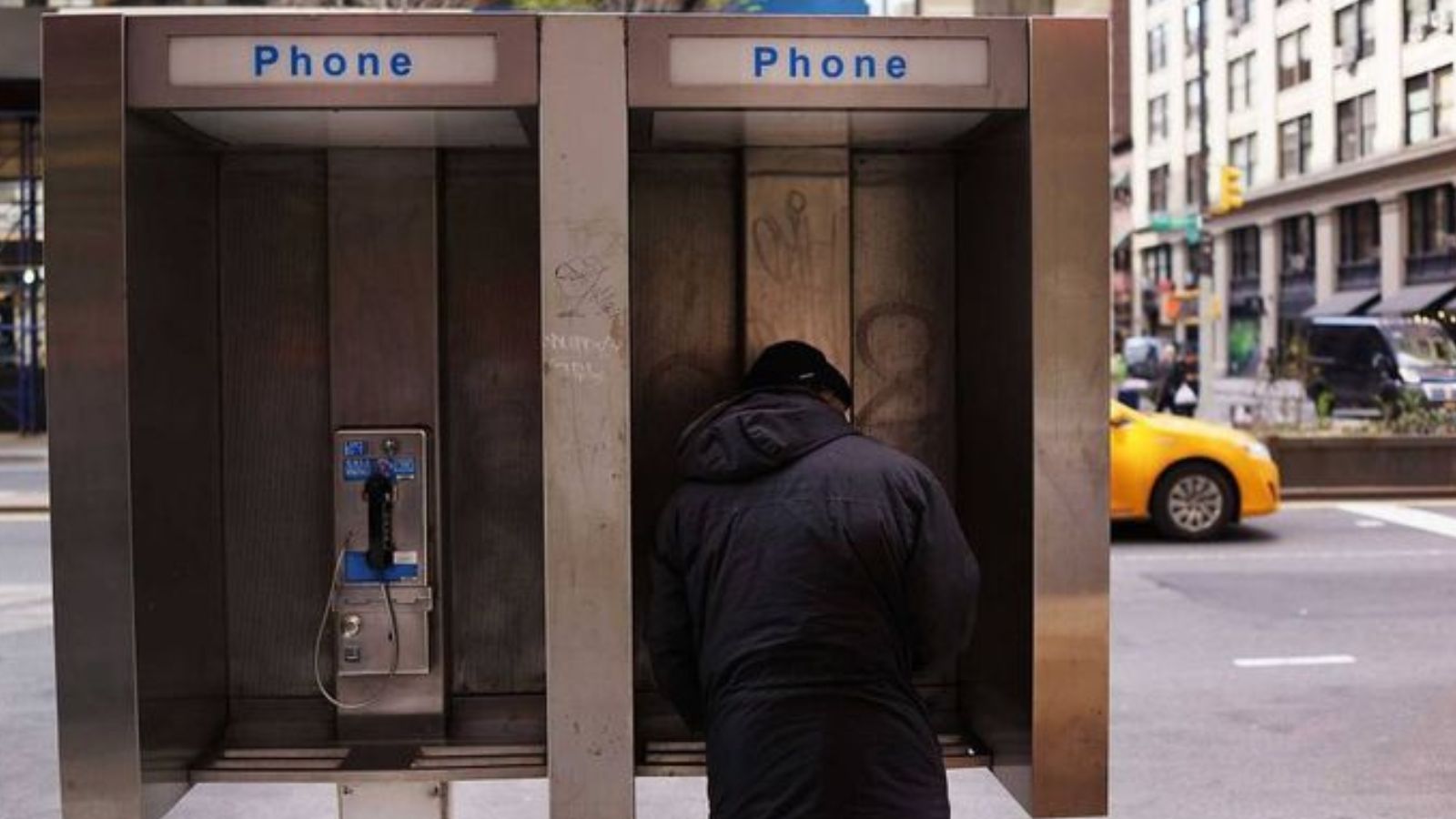
Public payphones were free to access in emergencies and very cheap for casual use. In modern times, smartphones are common, with payphones nearly vanishing, and those that remain are rarely free. Emergency phone boxes, once found in subway stations or parks, are now replaced by call buttons linked to private networks or police lines, if they exist at all.
Those without mobile phones, particularly seniors and unhoused individuals, are most affected as their communication options are limited. Public telephony is no longer a right, but a disappearing luxury.
Free ATM Withdrawals

There were times in Canada when withdrawing your money from an ATM, especially one operated by your bank, was always free. Now, citizens face fees ranging from $1.50 to $5 per transaction if using a non-affiliated machine, and even same-bank machines sometimes charge for out-of-network account holders.
These small amounts add up over time, especially for those relying on cash rather than digital payments. ATM access is a convenience that has been transformed into a mini revenue stream, even if the cost is basic accessibility.
Street Parking on Holidays
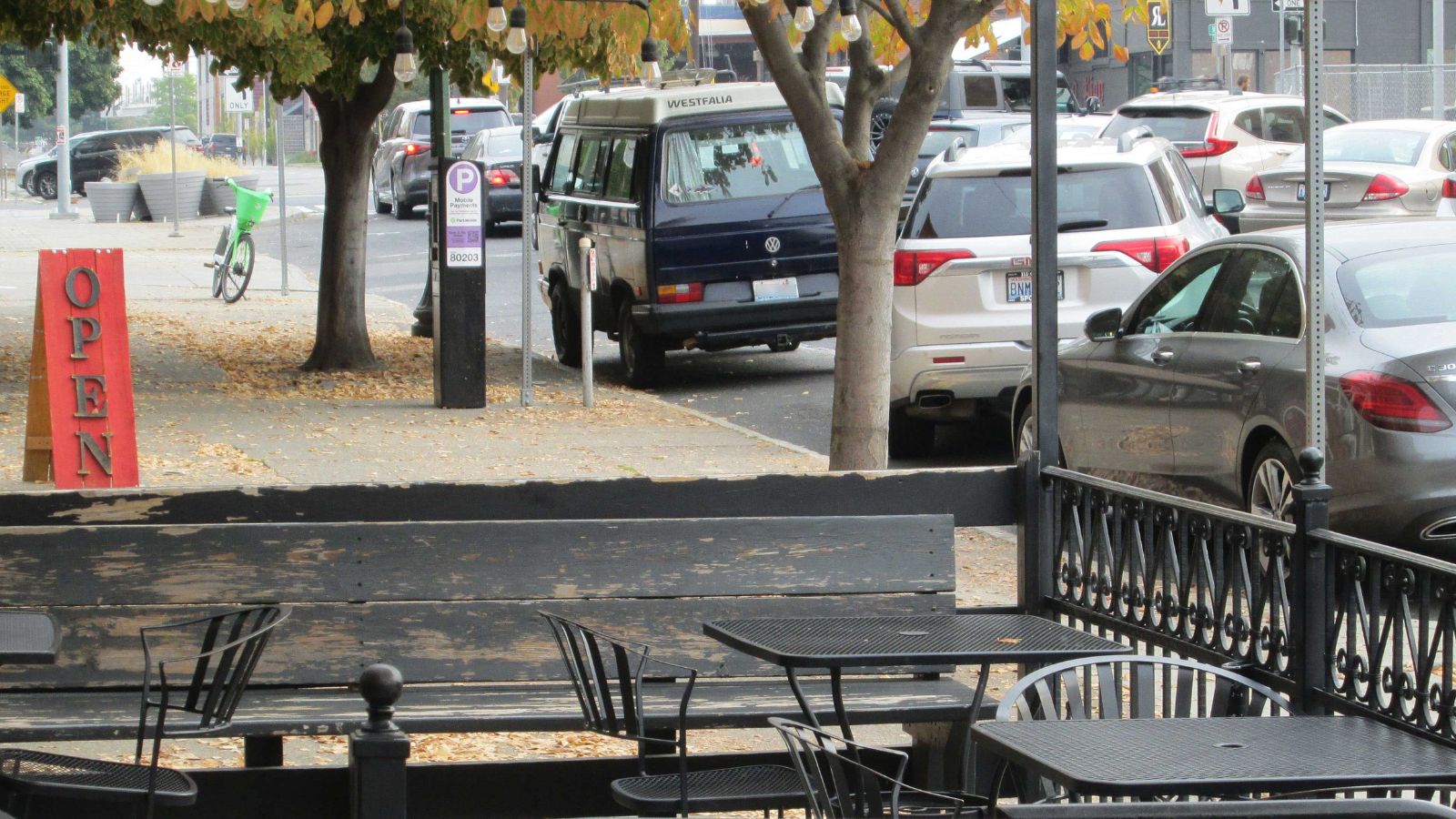
During holidays, street parking in major cities like Toronto and Vancouver was free, with enforcement pausing and meters inactive. The same is not true currently as more cities continue to charge on statutory holidays. Residents and visitors alike face surprise tickets or towing when they assume old rules still apply.
This shift, although subtle, yet reveals how municipalities have become dependent on parking revenue even when the city feels like it’s shut down. Free public parking is becoming an outdated concept.
Community College Application Fees

Community college applications used to be free or carried an acceptable cost. Today, nearly every application in Canada comes with a fee, usually non-refundable, regardless of acceptance. These costs can be detrimental for students applying to multiple programs, especially when combined with transcript fees and online system charges.
Students with a lower income will feel this financial burden before classes even start. Once encouraged as a path to opportunity, the process of pursuing higher education is now taxed at every step.
Printed Bank Statements
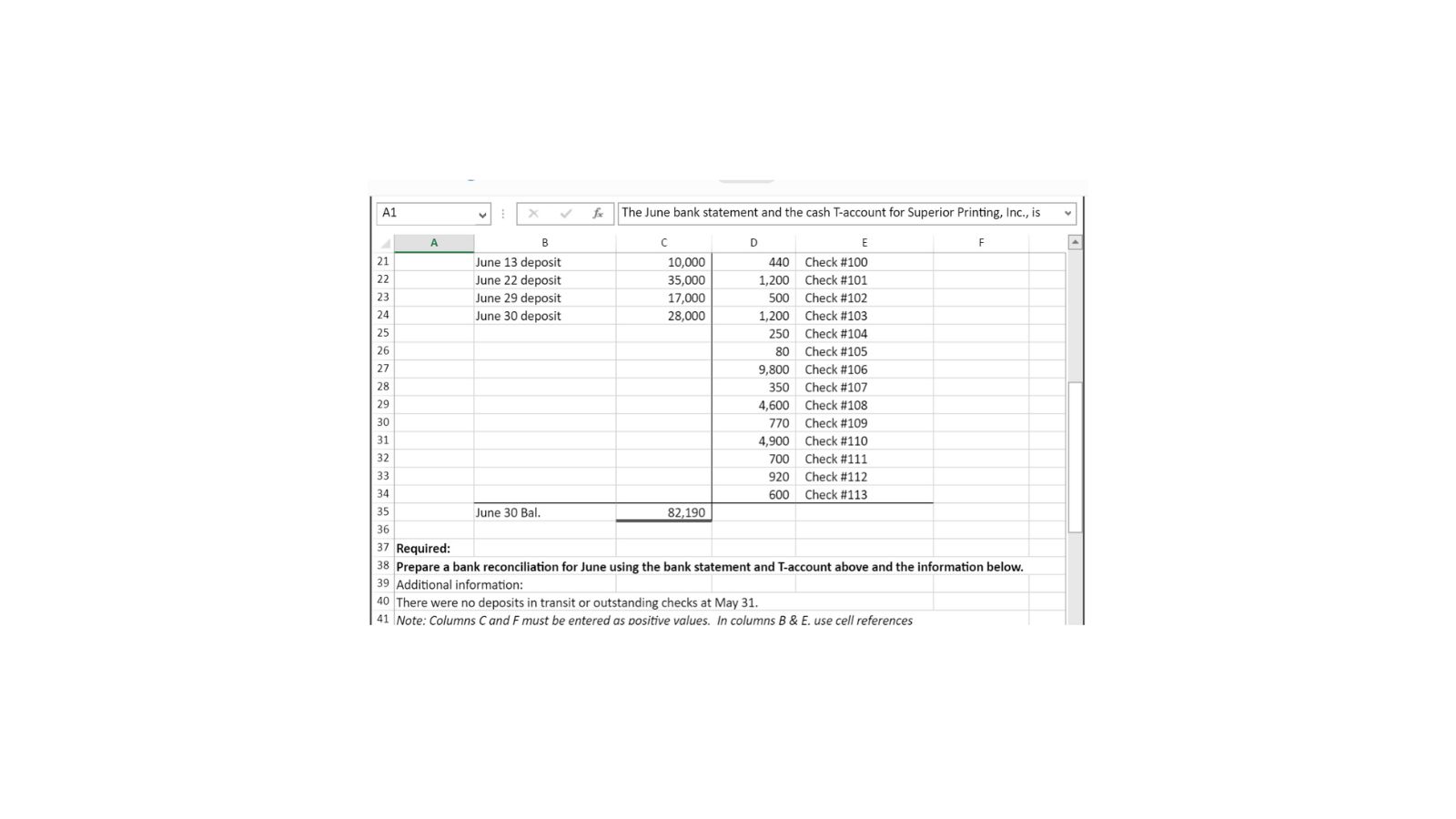
Not long ago, paper bank statements were standard and delivered monthly at no extra cost. Today, they’re only provided upon request—and often for a fee. Banks have shifted toward digital records, encouraging customers to go paperless while charging for physical copies, even when they’re needed for legal or financial reasons.
This change disproportionately affects seniors and those without reliable internet access. What was once a basic service has become a paid add-on, as financial institutions increasingly monetize even the most fundamental forms of communication. Now, Canadians are expected to pay to stay informed about their finances.
Tap Water at Restaurants

It may seem unthinkable, but it is a reality that some restaurants have started charging for tap water under various guises, such as a “water service fee” or bottled substitution. While not yet universal, this trend is gaining popularity, particularly in tourist-heavy areas.
The move capitalizes on customer confusion and often lacks clear signals. This was once a guaranteed courtesy and is now a potential upsell. These charges on water that is necessary for health raise uncomfortable questions about basic hospitality at which point profit ends and public decency begins.
Conclusion

The growing trend of monetizing services that were once free in Canada reflects a significant shift in the country’s values and priorities. As corporate interests expand and public resources shrink, many goods and services that were once part of the social contract are now treated as commodities.
These changes often happen quietly—through policy adjustments, service reductions, or digital transitions—leaving the most vulnerable behind. While each individual cost may seem small, together they reveal a troubling picture: life in Canada is becoming more expensive, less accessible, and increasingly divided by income.
The slow commodification of daily life raises critical questions about the future of public good. In a nation that prides itself on fairness and equity, Canadians must ask: are we sacrificing shared dignity and accessibility in the name of convenience and profit?
22 Times Canadian Ingenuity Left the U.S. in the Dust

When people think of innovation, they often picture Silicon Valley. However, Canada has a history of innovation, too. Whether it’s redefining sports, revolutionizing medicine, or just showing America up at its own game, Canadian inventors, thinkers, and dreamers have had their fair share of mic-drop moments. Here are 22 times Canadian ingenuity left the U.S. in the dust.
22 Times Canadian Ingenuity Left the U.S. in the Dust
